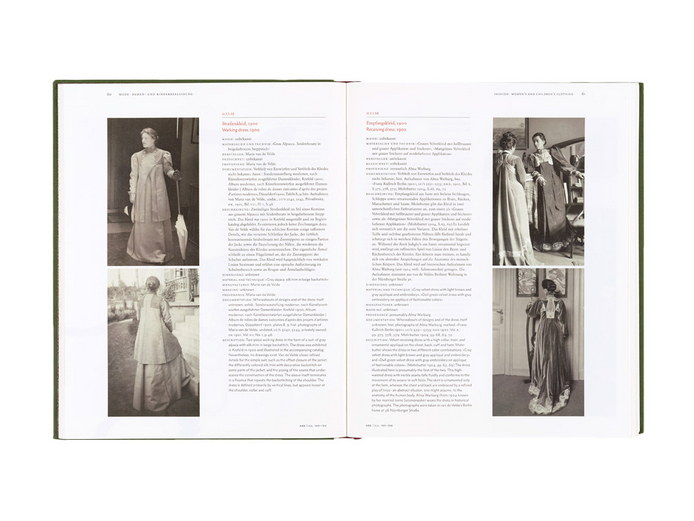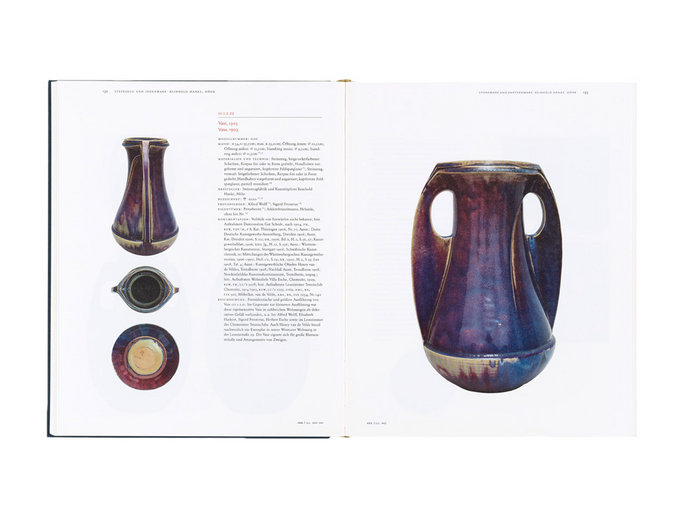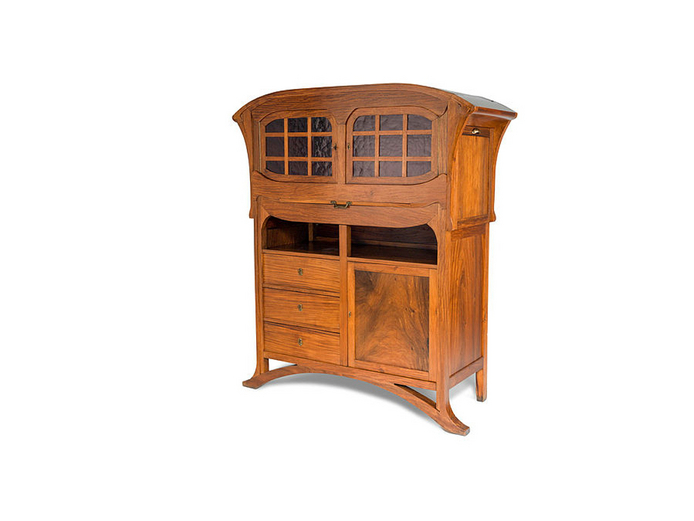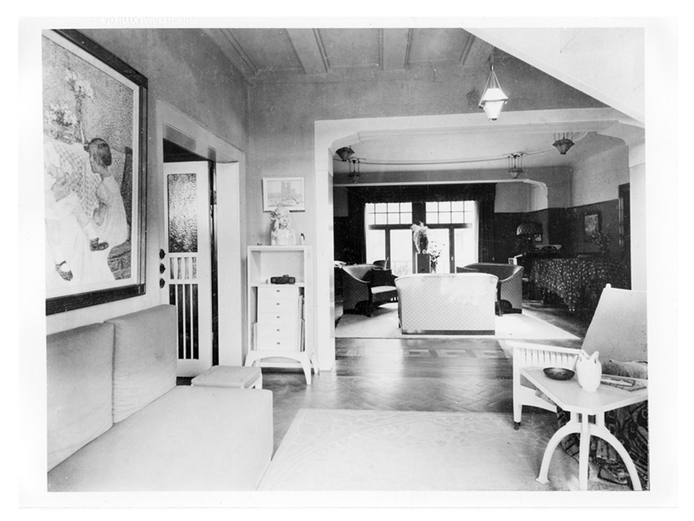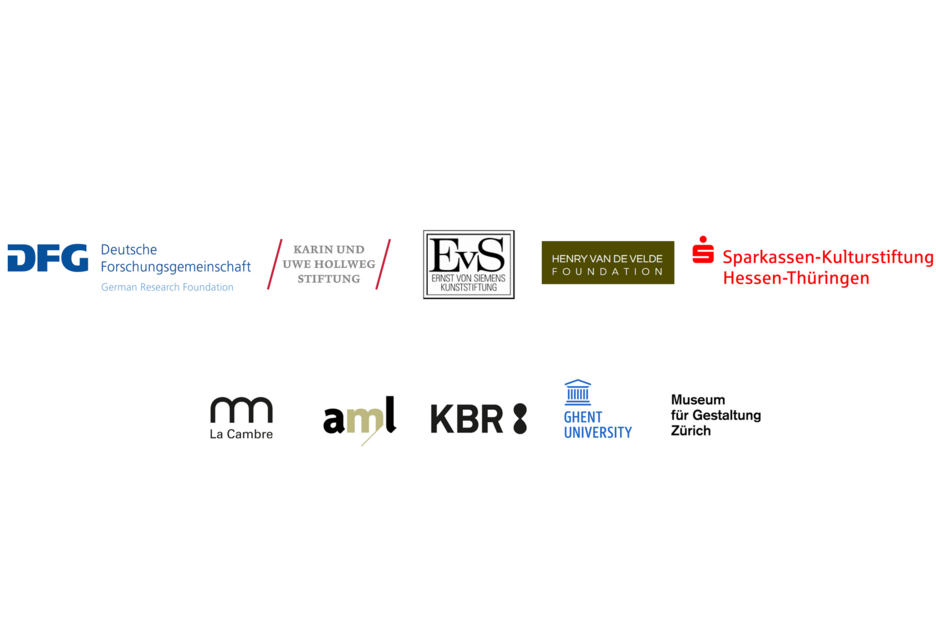Projects of the Klassik Stiftung Weimar are funded by the European Regional Development Fund (ERDF) and the Free State of Thuringia, represented by the State Chancellery of Thuringia, Department of Culture and the Arts.
Vol. 1: Works in Metal
The first volume is dedicated to van de Velde’s works in metal, consisting of jewellery, hollowware, cutlery and lighting fixtures. For the first time, his pioneering silverwork designs are indexed in their entirety, including his extraordinary cutlery designs Models I-II and 3000, as well as hollowware dating back to 1898. Many of his Weimar-period silver works designed after 1902 and crafted by Theodor Müller were distinguished at numerous exhibitions and even received the Silver Medal at the World Exposition in Ghent in 1913. Henry van de Velde generally designed pieces to correspond with their assigned purpose and integrated functional elements into their organic overall composition. This approach sparked controversial debates which Harry Graf Kessler attempted to explain in a 1904 article entitled “Van de Velde’s Silverware”, which in turn burnished the designer’s reputation even further. The volume concludes with registers of his customers, clients, companies and exhibitions, along with an overview of various signets, monograms and brand names of his works in metal.
Contains data on 4,000 works with 830 separate catalogue numbers on 814 pages.
Henry van de Velde. Interior design and Handcrafted Works. A Catalogue Raisonné in Six Volumes. Volume 1: Works in Metal. Edited by Thomas Föhl and Antje Neumann, Leipzig 2009.
(Out of stock since January 2010.)
Layout and design: Sabine Golde & Otto Reitsperger, Leipzig


